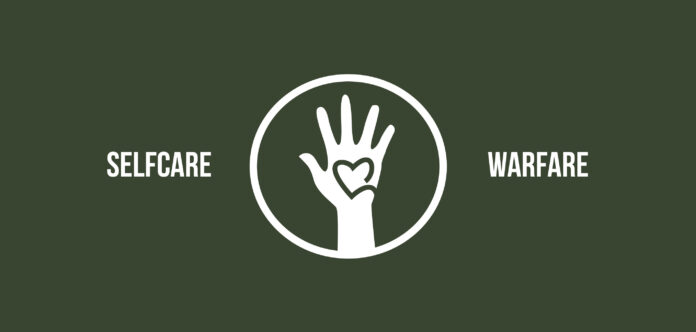Since the City of Davis recently hosted its first Pride celebration on Saturday, and the LGBTQIARC is hosting Pride Month, I thought it would be important to talk about an issue that I think is at the root of many homophobic and transmisogynistic occurrences that we often see in our everyday lives– femmephobia.
As usual, let’s start with a definition. Femmephobia is essentially the devaluing, hatred and fear of anything associated with femininity. This is very different from misogyny, which as I’ve defined before, is the hatred of womyn. The contrast of the two is between sex and gender. What I mean by this is that one’s gender and sex are not essentially related–despite popular opinion. Female-bodied individuals can be masculine and male-bodied individuals can be feminine. Femmephobia transcends the boundaries of the female body and describes a significant phenomenon that undervalues traits, mannerisms, ideas, etc., that are gendered as “feminine.”
See, femmephobia does not necessarily mean a hatred of womyn per se, rather it’s a hatred of anything related to femininity.
You see this in cis-male heterosexuals making fun of themselves when they cross-dress.
You see this in queer communities that make fun of how masculine a trans womyn appears to them because of their failure to “pass.”
You can see this among cis women who bully one another for being “too” feminine, or calling each other “bitchy” because of emotional fits.
You see this on Grindr, a gay dating/hook-up app where the phrases, “no femmes” and “straight-acting” are as common as shirtless six-pack mirror selfies.
You might see this, if you identify as male, in the way you question whether or not you wearing pink is too feminine/gay for you or when others judge you for taking a job within the care industry such as babysitting or nursing.
You might see this in assumptions that whoever is the more feminine one in a gay relationship is going to be submissive.
There are plenty of examples of how femmephobia pervades our lives, especially as it is transformed into transmisogyny and homophobia. With transmisogyny, it is the ridiculing of trans women when they are not easily read as a womyn by the cis community. With homophobia, it’s ridiculing gay men who act in a feminine manner.
As a masculine-presenting individual, one of the major issues I come across when it comes to femmephobia is the difficulty of undoing the idea that sex and gender are aligned and static — That there are ways that those with masculine bodies should present themselves, meaning “manning up” or acting/dressing/performing in a manner that can be read as “masculine.” However, we need to undo and unlearn that idea. We need to become more comfortable with the fact that gender is fluid, and that sex and gender aren’t necessarily aligned, but rather separate concepts that are used in our culture to police the ways in which we can express and identify ourselves.
I know I had this issue when I first started wearing nail polish a couple of years ago. I thought that somehow this invalidated my male-presentation and that it would in a way lead to direct assumptions of my own queerness (because our society conflates gender and sexuality) and thus become a threat to my safety. The fact that I was afraid that painting my nails would somehow make me “less” male is in fact in line with femmephobic thinking. It’s femmephobic because it undervalues femininity and poses it as a threat to masculinity, which it isn’t. It’s femmephobic because it assumes that feminine activities, presentations and expressions should be restricted only to those bodies deemed “feminine” (i.e., cis womyn’s bodies). It perpetuates the notion that feminine gender expression is worthless and excessive. It contributes to homophobic, transphobic and misogynistic ideologies that serve to oppress various communities.
If we are to undo femmephobia as a ubiquitous presence in our society and culture, we need to interrogate our own understandings of gender. We need to ask ourselves why we think certain things and why we might be uncomfortable with feminine and hyper-feminine forms of gender presentation. We need to question our own gender presentation. We need to think long and hard about the ways that we might be contributing to femmephobia and how it manifests in our views of the trans and queer communities. We need to think of the ways that we encourage or take part in gender policing. We need to stop assuming someone’s gender, and assuming that certain gendered modes of expression should only be permissible to those with “correct” bodies. We need to sit and think, preferably on the toilet, about our own actions and understandings and educate ourselves to better generate a safe society.
Contact GILBERT GAMMAD at gdgammad@ucdavis.edu.
Graphic by CA Aggie Graphic Design Team.



